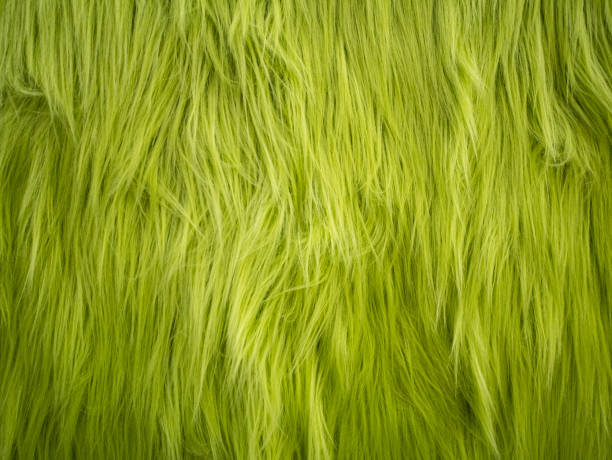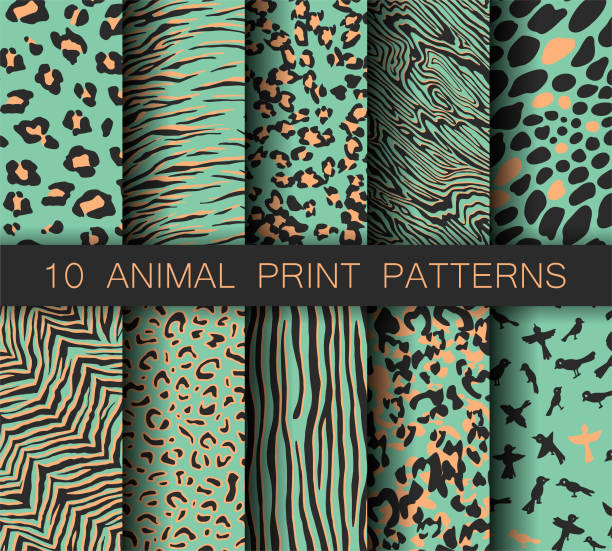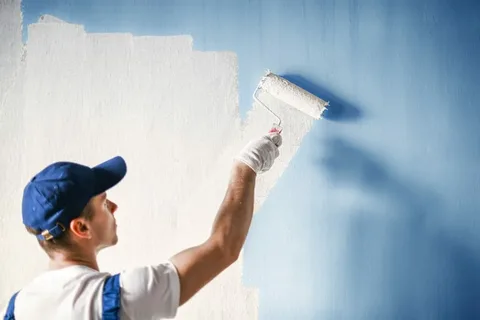Vintage fur items hold a unique allure in the world of fashion, cherished for their timeless elegance, quality craftsmanship, and historical significance. Selling vintage furs has grown popular in recent years, driven by the increasing demand for sustainable, high-quality fashion. In this blog, we’ll delve into what makes vintage furs desirable, how to source and price them, and effective strategies to attract discerning buyers.
Why Vintage Furs are Back in Style
As fashion continues to lean toward sustainability, vintage furs have found new relevance. Many fashion-conscious individuals prefer to invest in timeless pieces rather than fast-fashion alternatives. Vintage furs not only offer an ethical option by reusing pre-existing items but also possess quality often unmatched by contemporary furs. They represent a link to the past, with each piece telling a story of luxury and artistry that modern items often lack.
The appeal of vintage furs also lies in their unmatched craftsmanship. Fur garments made decades ago often showcase intricate stitching, superior lining, and expert tailoring that keep them looking immaculate after years of wear. In an era of mass production, this level of craftsmanship is rare, making vintage furs a true treasure for fashion collectors.
Finding the Right Vintage Furs to Sell
Sourcing quality vintage furs is key to success in this niche. Begin by exploring estate sales, vintage boutiques, and auctions to find unique, well-preserved items. Be selective about the condition of the fur – items with extensive damage or noticeable wear may not appeal to buyers who expect high quality. Furs that have been properly stored, with no signs of drying or shedding, hold their value better and attract more interest.
When selecting pieces, consider the rarity and appeal of the style. Coats, jackets, and stoles from iconic fashion eras, such as the 1920s through the 1970s, often attract a higher price. Styles like mink, fox, sable, and chinchilla have classic appeal and are generally in demand, making them a safe investment for vintage sellers. It’s also beneficial to learn how to identify authentic vintage fur pieces by examining tags, labels, and stitching techniques.
Evaluating the Condition and Authenticity of Vintage Fur
Authenticity and condition are essential in the vintage fur market. Buyers are increasingly cautious and knowledgeable, and providing an honest description can enhance trust. Inspect the fur thoroughly for any signs of wear, including matting, bald patches, or discoloration. Minor signs of aging can add to the item’s vintage charm, but larger flaws may deter buyers.
To authenticate a piece, check the stitching and lining. Authentic vintage furs often have carefully constructed linings, with labels from established fashion houses. If you’re unsure about an item’s authenticity, consider consulting a furrier or a professional appraiser. Transparency in detailing the condition and origin of the fur can increase your credibility and attract dedicated buyers.
Pricing Your Vintage Furs Accurately
Setting the right price is essential for a successful sale. When pricing vintage furs, take into account the condition, rarity, and demand for each type. Research comparable listings online to get a sense of market prices. Rarity can significantly affect price; a pristine mink coat from a renowned brand like Fendi or Dior will typically command a higher price than a lesser-known label.
The condition of the fur also plays a critical role. A piece with minor signs of wear but overall good quality will likely sell for more than an item with noticeable flaws. Keep in mind that buyers in this niche are often looking for pieces that blend luxury with history, so accurately pricing based on quality and demand will yield the best results.
Marketing Vintage Furs: Reaching the Right Audience
Effectively marketing your vintage fur pieces is crucial to attracting buyers. Social media platforms like Instagram and Pinterest are ideal for showcasing the beauty and elegance of vintage items. Use hashtags such as #vintagefur, #sustainablefashion, and #luxurystyle to connect with an audience interested in high-end, timeless fashion.
Another effective method is to create an online shop on platforms like Etsy or eBay, where many vintage shoppers actively browse for unique pieces. High-quality photos and detailed descriptions are essential – include close-ups of the lining, labels, and any unique features. Adding a story to each piece, such as its era or original brand, can also increase its appeal by giving it a sense of history.
Collaborating with influencers or bloggers who specialize in vintage or sustainable fashion can help amplify your reach. This niche audience values authenticity and often seeks out trustworthy sellers. Partnering with the right influencers can create more visibility for your products, introducing them to collectors and vintage enthusiasts who appreciate quality and historical value.
Providing Excellent Customer Service
Customer service is critical in the vintage luxury market, where customers are willing to invest but expect a high level of professionalism. Offer clear communication, transparency about the fur’s condition, and prompt responses to inquiries. Assure potential buyers that they’re purchasing from a reliable source by offering certificates of authenticity when possible.
Consider offering flexible return policies to provide customers with confidence in their purchase. Given that vintage furs are a substantial investment, buyers appreciate knowing they can return items if they don’t meet expectations. This policy can set you apart from other sellers and foster trust with your clientele.
Embracing Sustainability in Vintage Fur Sales
Selling vintage furs is a unique way to support sustainable fashion by promoting the use of pre-owned items. Vintage furs, by their nature, offer a sustainable alternative, as they make use of existing resources. Sharing this narrative with your buyers – highlighting the ethical choice in opting for vintage – can strengthen your brand appeal.
As consumers become more eco-conscious, many are drawn to the idea of recycling luxury items rather than buying new. Emphasize this aspect in your marketing, showcasing how vintage furs align with the growing demand for environmentally responsible fashion. Embracing this approach will not only attract buyers but also position your business as a forward-thinking, ethical brand in the luxury resale space.
Final Thoughts
Selling vintage furs requires a blend of knowledge, taste, and strategy. From sourcing rare finds to creating an effective marketing approach, there’s much to master in this niche. With the right techniques, you can successfully turn timeless, luxurious items into profitable investments, connecting with fashion lovers who value quality, history, and sustainability. Vintage fur sales offer an exciting and rewarding opportunity, blending style with substance for buyers and sellers alike.



